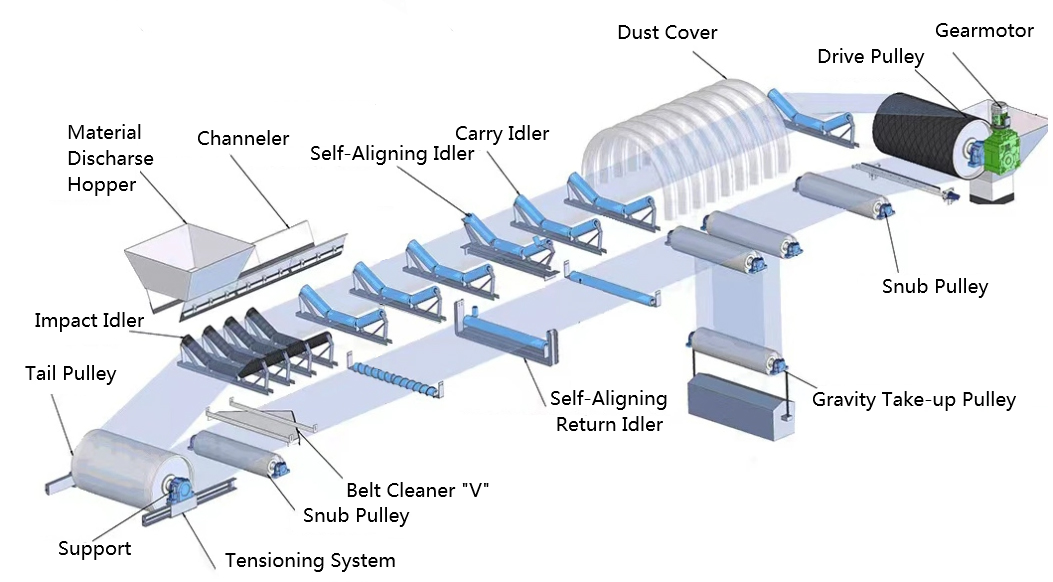 Afrikaans
Afrikaans  Albanian
Albanian  Amharic
Amharic  Arabic
Arabic  Armenian
Armenian  Azerbaijani
Azerbaijani  Basque
Basque  Belarusian
Belarusian  Bengali
Bengali  Bosnian
Bosnian  Bulgarian
Bulgarian  Catalan
Catalan  Cebuano
Cebuano  Corsican
Corsican  Croatian
Croatian  Czech
Czech  Danish
Danish  Dutch
Dutch  English
English  Esperanto
Esperanto  Estonian
Estonian  Finnish
Finnish  French
French  Frisian
Frisian  Galician
Galician  Georgian
Georgian  German
German  Greek
Greek  Gujarati
Gujarati  Haitian Creole
Haitian Creole  hausa
hausa  hawaiian
hawaiian  Hebrew
Hebrew  Hindi
Hindi  Miao
Miao  Hungarian
Hungarian  Icelandic
Icelandic  igbo
igbo  Indonesian
Indonesian  irish
irish  Italian
Italian  Japanese
Japanese  Javanese
Javanese  Kannada
Kannada  kazakh
kazakh  Khmer
Khmer  Rwandese
Rwandese  Korean
Korean  Kurdish
Kurdish  Kyrgyz
Kyrgyz  Lao
Lao  Latin
Latin  Latvian
Latvian  Lithuanian
Lithuanian  Luxembourgish
Luxembourgish  Macedonian
Macedonian  Malgashi
Malgashi  Malay
Malay  Malayalam
Malayalam  Maltese
Maltese  Maori
Maori  Marathi
Marathi  Mongolian
Mongolian  Myanmar
Myanmar  Nepali
Nepali  Norwegian
Norwegian  Norwegian
Norwegian  Occitan
Occitan  Pashto
Pashto  Persian
Persian  Polish
Polish  Portuguese
Portuguese  Punjabi
Punjabi  Romanian
Romanian  Russian
Russian  Samoan
Samoan  Scottish Gaelic
Scottish Gaelic  Serbian
Serbian  Sesotho
Sesotho  Shona
Shona  Sindhi
Sindhi  Sinhala
Sinhala  Slovak
Slovak  Slovenian
Slovenian  Somali
Somali  Spanish
Spanish  Sundanese
Sundanese  Swahili
Swahili  Swedish
Swedish  Tagalog
Tagalog  Tajik
Tajik  Tamil
Tamil  Tatar
Tatar  Telugu
Telugu  Thai
Thai  Turkish
Turkish  Turkmen
Turkmen  Ukrainian
Ukrainian  Urdu
Urdu  Uighur
Uighur  Uzbek
Uzbek  Vietnamese
Vietnamese  Welsh
Welsh  Bantu
Bantu  Yiddish
Yiddish  Yoruba
Yoruba  Zulu
Zulu Types of Idlers in Belt Conveyors
Types of Idlers in Belt Conveyors
Belt conveyors are integral to various industries, enabling efficient material handling. A critical component of these systems is the idler, which supports the belt and influences its performance. Idlers play a vital role in maintaining belt alignment, reducing wear, and enhancing the overall efficiency of the conveyor system. There are several types of idlers, each designed for specific applications and operating conditions.
Types of Idlers in Belt Conveyors
2. Trough Idlers Trough idlers are designed with three rolls that create a trough shape, allowing for better containment of the material being transported. This design minimizes spillage and enhances the belt's carrying capacity. Trough idlers are widely used in applications involving bulk materials, such as coal, grains, and aggregates, where efficient material handling is crucial.
types of idler in belt conveyor

3. Return Idlers Located on the return side of the conveyor, return idlers support the belt as it travels back to the loading point. They help minimize belt sagging and maintain proper alignment. Return idlers can be designed as flat or rolled types, with rolling idlers often used to reduce friction when the belt returns to its original position.
4. Impact Idlers Impact idlers are typically placed at loading points where materials fall onto the conveyor belt. They feature reinforced structures to absorb the shock from heavy loads, thereby protecting the belt and reducing wear. This type of idler is essential for prolonging the lifespan of the conveyor system and minimizing maintenance costs.
5. Training Idlers Training idlers are used to correct belt misalignment and ensure it runs smoothly along the rollers. These idlers can be adjustable, allowing operators to fine-tune the belt's path. Proper alignment is critical to reducing wear on the belt and idlers and ensuring efficient operation.
In conclusion, understanding the various types of idlers used in belt conveyors is essential for optimizing conveyor performance and extending equipment life. By selecting the appropriate idler type based on the application, industries can achieve greater efficiency and reduced operational costs, ultimately enhancing productivity in material handling processes.
-
Revolutionizing Conveyor Reliability with Advanced Rubber Lagging PulleysNewsJul.22,2025
-
Powering Precision and Durability with Expert Manufacturers of Conveyor ComponentsNewsJul.22,2025
-
Optimizing Conveyor Systems with Advanced Conveyor AccessoriesNewsJul.22,2025
-
Maximize Conveyor Efficiency with Quality Conveyor Idler PulleysNewsJul.22,2025
-
Future-Proof Your Conveyor System with High-Performance Polyurethane RollerNewsJul.22,2025
-
Driving Efficiency Forward with Quality Idlers and RollersNewsJul.22,2025





























